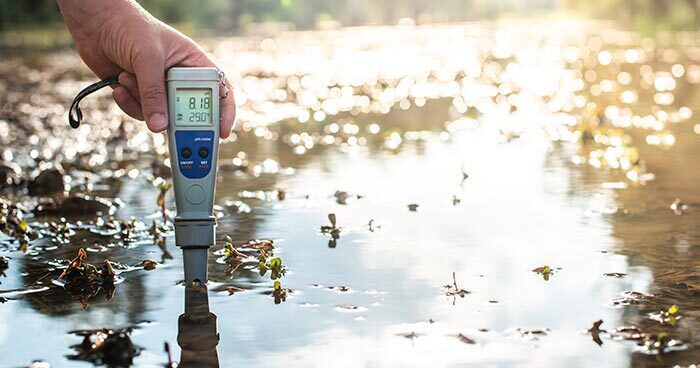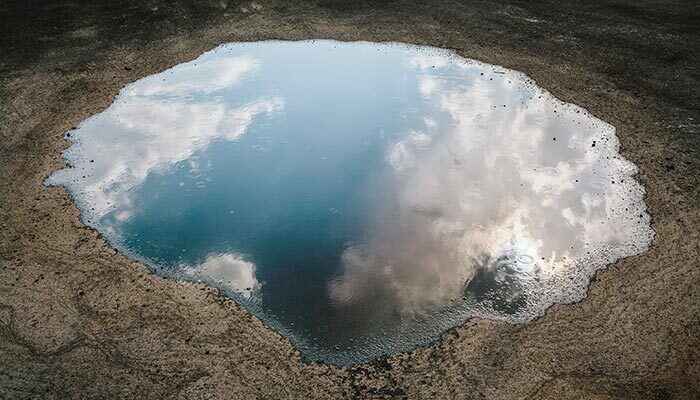Taking stock of farm water quality
This is an increasing concern as climate modelling predicts variability in both the volume and quality of rain-driven fresh water supplies, and as farmers seek alternative water supplies.

This issue was the topic of discussion at the University of Melbourne’s August Water Security Series online forum, ‘The Unintended Impacts of Poor Water Quality on Animal Health and Production’.
Climate modelling for south-eastern Australia predicts drier winters and more extreme events, such as flooding, which in turn will decrease water availability and put water sources at greater risk of contamination through nutrient run-off.
Event speaker, Associate Professor Graham Brodie from the University’s School of Agriculture and Food says a shift to poorer water quality, with higher dissolved salts and higher turbidity, could reduce animal productivity by 10 to 15 per cent.
It is a significant impact, as many farm production systems are based on a close balance of inputs and outputs.
Just like us, animals are susceptible to something they do or don’t like, so that can affect their willingness to drink
Common water quality issues include dissolved solids, including salt, as well as nitrates and sulphates, and the pH of water, all of which can affect an animal’s ability to digest food.
But animals can also be put off by taste and smell. Just like us, animals are susceptible to something they do or don’t like, so that can affect their willingness to drink,
Dr Brodie says.
Farmers are increasingly looking for secondary water sources, including long-term stored water from dams and groundwater, but both can have quality issues. Dr Brodie says reduced water availability consequences include reduced fodder growth through lack of water and more frequent fires, which can both profoundly impact productivity.
Recycling wastewater will become much more important, and that means designing and investing in the right systems and technology.
Dr Brodie says the most important aspect of recycling water is to make sure it does not get into the primary fresh water source.

In dairy systems, for example, the usual strategy is to have some kind of on-farm anaerobic pond for primary treatment of waste that comes off milking shed platforms and feed pads, as well as an aerobic pond and storage. The treated water can be put back onto the land and none of the water is going off the property,
he says.
Business decisions
Lisa Birrell is a Regional Extension Officer with Murray Dairy in northern Victoria and says farmers in this region are increasingly investing in on-farm dams to capture and re-use water. She says an industry trend to larger dairy herds also requires matching infrastructure.
A cow can drink 200-plus litres of high-quality water every day. As the climate changes and we move into hotter summers, that requirement increases.
The water trough at the dairy is probably your most important water trough on the farm. If you’re thinking about where your biggest bang for your buck is, putting a big trough at the dairy for your cows, who will have access to it at least twice a day, is really important,
she says.
She stresses the importance showing farmers that investing in water quality has an economic benefit.
At the end of the day it’s all going to come back to cost and dollars. There’s going to have to be a good return for farmers to want to go that way. They are business people and there’s got to be a return for their business,
she says.
Michael Jensz is Director of Rural Water Policy and Programs in the Victorian Department of Environment, Land, Water and Planning.
A cow can drink 200-plus litres of high-quality water every day
He says discussions with farmers are needed about the productivity gains possible through improving water quality, and what that actually means to their businesses. They also need to consider the flipside – the consequences of poorer quality water.
He says these discussions around the benefits of good water quality for livestock are key to unlocking valuable policy decisions.
Sensing and Analytics for Precision Irrigation will be the topic of the next webinar in the Water Security Series, 12–1pm Wednesday 9 September. Register via Eventbrite